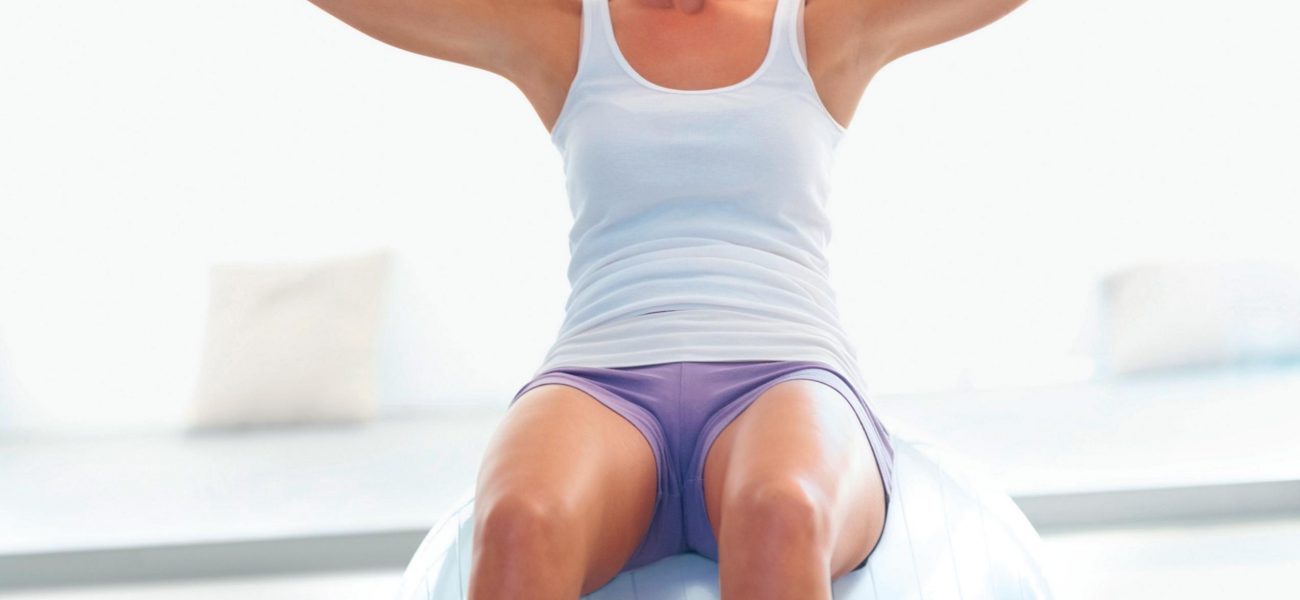-
STUCK IN A RUT Your body possesses an amazing ability to adapt to challenges, with muscles responding to heavy loads by absorbing more protein from the foods you eat and then becoming stronger, ready for the next test. Because of this, ‘progressive overload’ is a key training principle. This basically means that as you become fitter you need to keep increasing your workload, both for cardio and resistance exercises, if you wish to continue achieving results and avoid the dreaded plateau effect.
Top Tip:
Don’t stick to the same workout for longer than six weeks, no matter how much you enjoy it. You must keep raising the bar – in every sense – by changing exercises, the order of your routine or increasing the weight, speed, time, and so on. -
WORKING IN ISOLATION Time is one of the most precious commodities we own, and for many of us we’ll never have enough. So, the last thing you can afford is to waste it in the gym. Exercises that target individual muscle groups are fine if you’re an elite bodybuilder trying to finely sculpt every inch of your naked self, but this implies you’ll need to be camped out in the gym for lengthy periods, too! A tricep extension (cable or dumbbell) will only hit the rear of your upper arm, but a bench press will work the triceps along with your chest and front shoulders – three for the price of one! Similarly, ditch bicep curls for bent over rows, as the front of your arm will be joined by your rear shoulder, back muscles, latissimus dorsi (muscle at the side of your back under your arms) and rhomboids (the muscles in the back of your shoulder blades) in the exercise.
Top Tip:
Get more bang for your buck by opting for compound or multi-joint exercises that target several muscle groups simultaneously. Think squats, dead lifts, bench press, rows and pull-ups, and use incline/decline to keep it interesting. -
TOO MUCH OF A GOOD THING Believe it or not, the shape of your body will not change when you exercise – it’s actually when you rest that changes occur in response to the demands you placed on your body during your workout. So, rest is absolutely vital if you want to guarantee constantly moving closer to your goals. The father of modern medicine, Hippocrates, described exercise as medicine, so keep this in mind. If a headache pill can help to alleviate a mild migraine, would you then assume that downing the whole packet would make you feel even better? In other words, beware of over-exercising; it can be highly counter-productive.
Top Tip:
Build at least one rest day each week into your programme and stick to it. -
FALSE STARTS Your muscles, and particularly the connective tissue (tendons, ligaments, etc), need time to adjust to the demands placed on them during exercise, so a gentle warm-up is crucial. This is the time when the synovial membrane around your joints produces fluid to reduce friction between the bones and ensure smooth movement, lowering the risk of injury. Elite athletes are well aware that a warm-up improves performance, and for you, a better performance in the gym will lead to you getting better results.
Top Tip:
Always allow for five minutes of light, whole body exercise that gradually builds in intensity to raise your heart rate and core temperature at the start of your workouts. -
TALKING THE TALK If you really want to chat with your friends then arrange to do so in the café after your workout. Doing it in the gym will only serve to reduce both the total amount of time you spend working and also the intensity when you actually do. If you choose to train with a partner, make sure this is for the right reason. A buddy can help motivate you both to turn up in the first place, which is great, as long as you complete a whole workout at the necessary intensity. If all you’re after is a little social contact, however, you’re more likely to see results by going solo in the gym and allowing time for gossip afterwards.
Top Tip:
Only work out with a friend if they’re equally (or ideally more) motivated than you are.
Show your inbox some love
Get a weekly digest of Health & Wellbeing emailed direct to you.




















